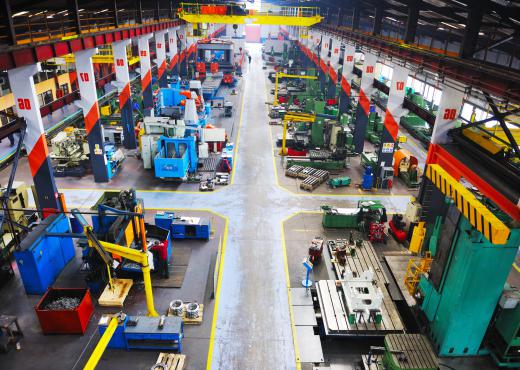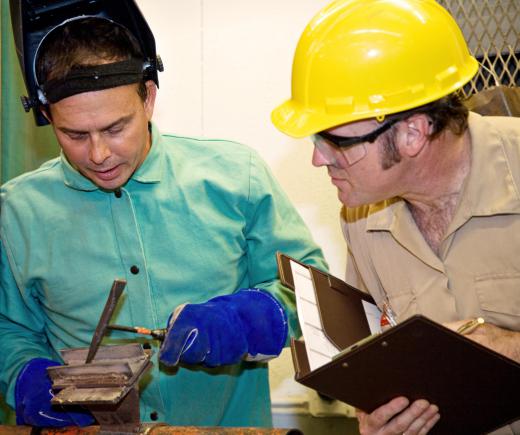For manufactured goods, the acceptable quality level is used to determine overall consistency based upon predetermined performance standards set using a statistical model. In a group production scenario, the acceptable quality level sets the standard for a minimum level of quality performance. It helps to ensure that the average batch of manufactured product meets or exceeds an established set of requirements.
One way to think of acceptable quality level is as the absolute minimum quality performance that will allow a batch to pass without a full inspection. Each product batch is permitted to have an allowable number of defects. If the amount of permitted defects is set too low, it can result in the unnecessary time and expense needed to inspect each item produced from the batch.

To measure an acceptable quality level, like products should be grouped together. In other words, batches should not include unrelated products that might use different processes, such as shoes and bicycles. The production specifications should be the same for each batch.
A reject rate needs to be determined in order to measure an acceptable quality level. For example, for an average batch of 30 shoes, a reject rate of two might be established. This rate is recorded by randomly pulling products from each batch off the production line within specified time increments. The randomly pulled product undergoes complete testing to ensure that the quality meets predetermined standards.

It is recommended that samples from batches be evaluated during the actual production process in order to avoid costly inspections. Waiting until the end of the manufacturing process to locate defects might result in having to examine each batch item to dispose of those that are deemed unacceptable. A sample size should be determined; this refers to the number of products that will be randomly pulled during production.
Predetermined requirements relate to the production process as well as visible defects in the finished product. A food manufacturer might want to ensure that a certain temperature was used during the time the product was in the oven or that the product was cut to maintain a specific level of thickness. Industry and safety standards might need to be complied with, as in the case of medical syringes. These types of products will most likely need a thorough visual and function test to ensure performance reliability.
Control charts display the standards that each batch must pass and are a helpful tool in measuring acceptable quality levels. Higher quality can be achieved with more stringent control factors. When measuring quality levels, control charts provide a reference to each step in the process that the product must go through. They help pinpoint possible issues in the manufacturing process that could be causing poor levels of quality.
